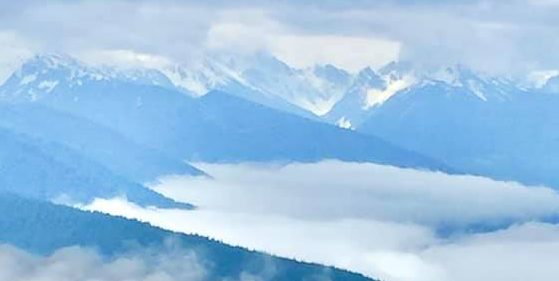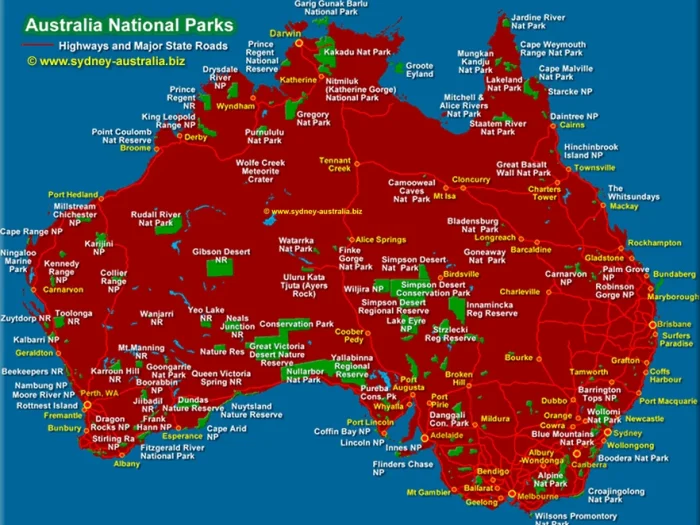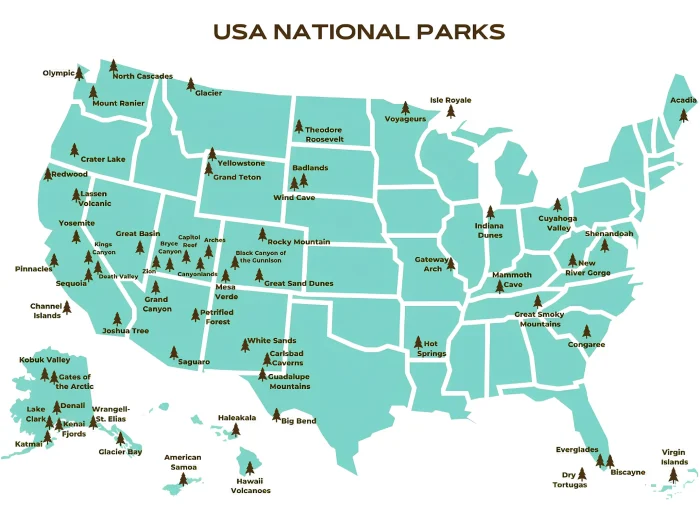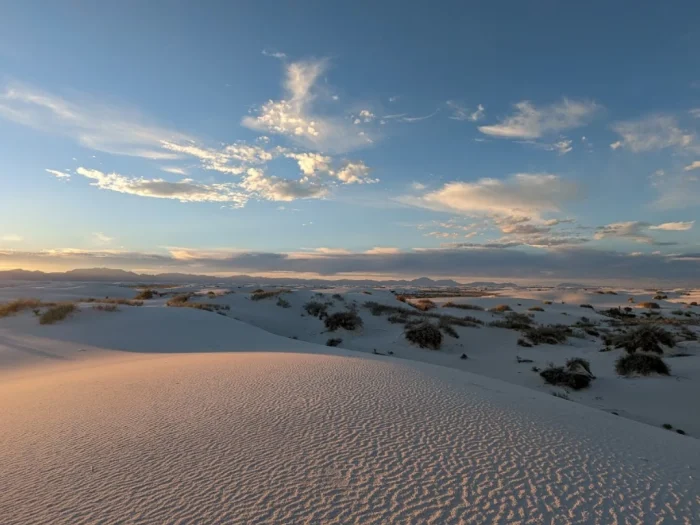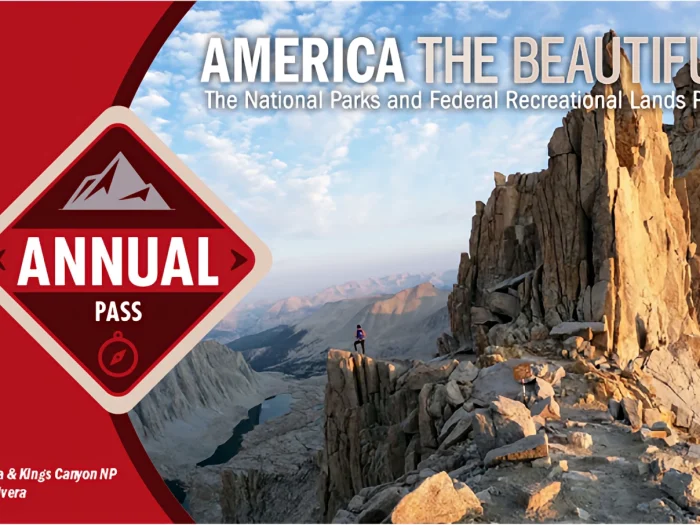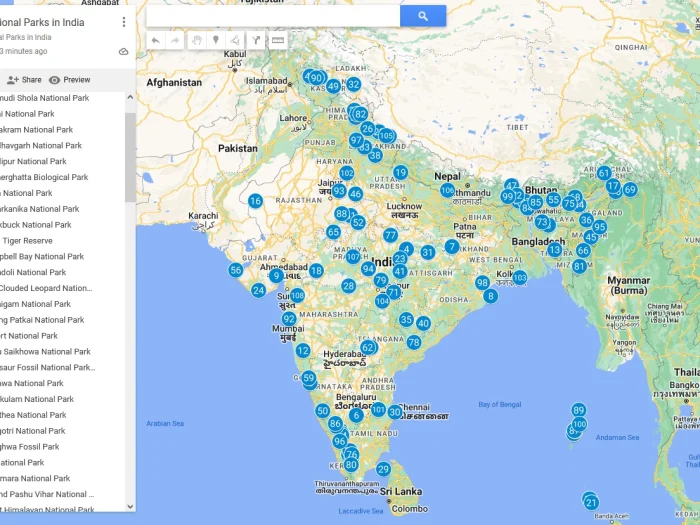Best Things to Do in White Sands National Park
Nestled in southern New Mexico, White Sands National Park is one of the most unique and awe-inspiring landscapes in the United States. Known for its brilliant white gypsum dunes that stretch for miles, this surreal desert offers endless opportunities for adventure, photography, and peaceful exploration. Whether you’re a thrill-seeker, nature lover, or casual traveler, here are the best things to do in White Sands National Park.
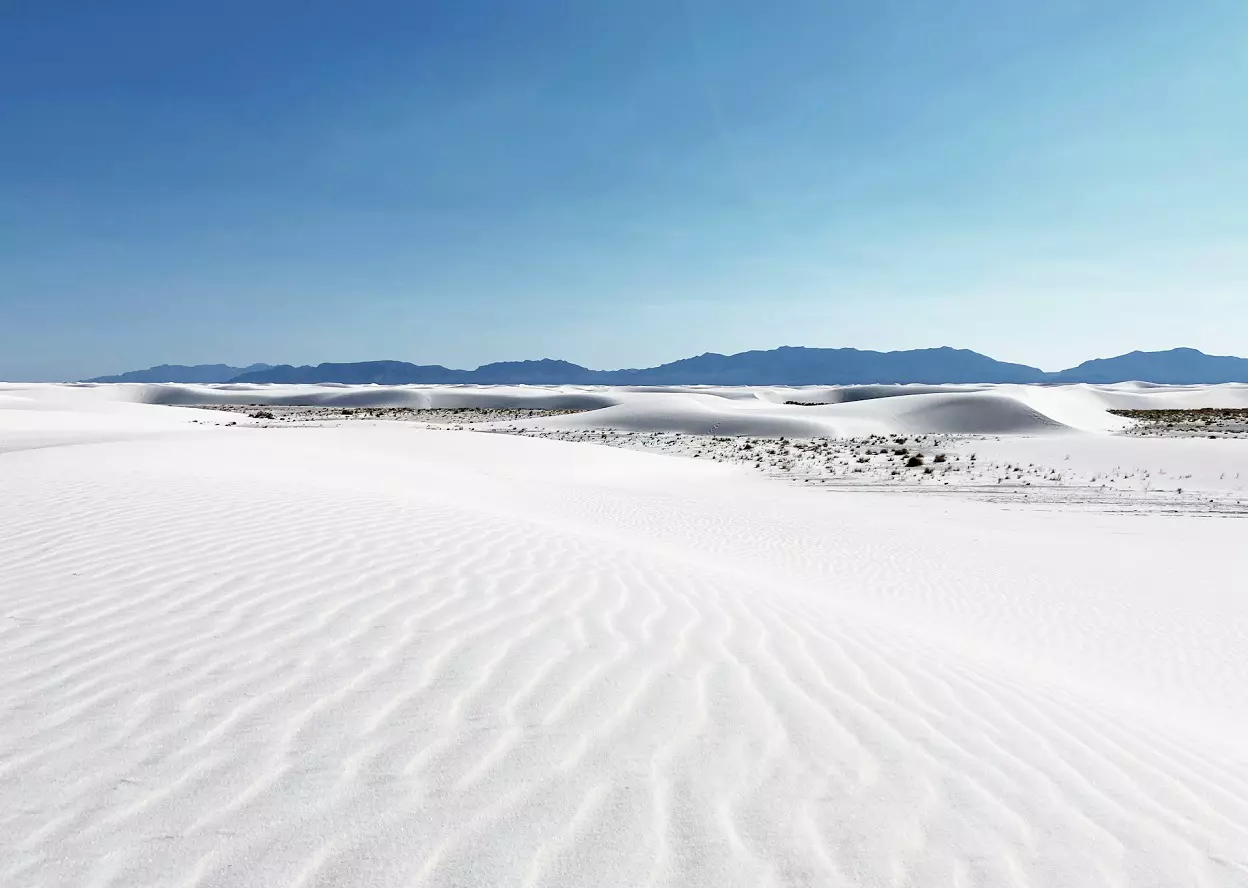
1. Go Sledding Down the Dunes
One of the park’s most iconic activities is sledding down the soft, white dunes. Bring a plastic sled—or rent one from the visitor center—and experience the thrill of gliding down the silky gypsum hills. Unlike typical sand, the gypsum remains cool even under the blazing sun, making this a fun activity year-round. For the best sledding experience, head to the Dune Life Nature Trail, where the slopes are perfect for sliding.
2. Take a Scenic Drive on Dunes Drive
If you want to take in the park’s breathtaking beauty without much hiking, the Dunes Drive is a must. This 8-mile (13 km) scenic road winds deep into the heart of the white sands, offering numerous pullouts for photos, short walks, and picnics. The first few miles are paved, but the rest are hard-packed gypsum, easily drivable for most vehicles. The end of the road leads you into the most pristine dune fields—perfect for sunset viewing.
3. Catch a Stunning Sunset or Sunrise
Few places on Earth rival the sunsets and sunrises at White Sands. As the sun dips below the horizon, the dunes shift in color—from bright white to golden hues, then to soft pinks and purples. The lack of light pollution also means that night skies here are spectacular, with stars blanketing the desert sky. Photographers should plan to arrive early to capture the changing light on the dunes.
4. Explore the Dune Life Nature Trail
For those who enjoy a bit of adventure and education, the Dune Life Nature Trail is a great choice. This 1-mile loop takes visitors through the transition zone between desert scrub and pure dunes, showcasing how plants and animals adapt to the harsh environment. Keep an eye out for roadrunners, lizards, and desert fox tracks along the trail.
5. Walk the Interdune Boardwalk
The Interdune Boardwalk is a short, accessible trail that’s perfect for families or anyone looking for an easy walk. The 0.4-mile round trip features interpretive signs about the geology and wildlife of the dunes. At the end, a raised viewing platform offers a sweeping panoramic view of the white landscape—ideal for photos or quiet reflection.
6. Join a Ranger-Guided Program
White Sands offers several ranger-led programs that deepen your understanding of the park’s geology, ecology, and history. Popular options include sunset strolls, full moon hikes, and night sky programs. These tours are both educational and enchanting, providing insights into how the dunes were formed and how they continue to evolve.
7. Go Hiking on the Alkali Flat Trail
Don’t be fooled by the name—Alkali Flat Trail isn’t flat! This challenging 5-mile loop takes you across the heart of the dune field to the edge of the ancient Lake Otero basin. Marked by red trail stakes, it’s an exhilarating hike for experienced adventurers who want solitude and sweeping views of endless white dunes. Bring plenty of water, sun protection, and GPS or a map—this trail can be deceiving in its vastness.
8. Enjoy a Picnic Among the Dunes
White Sands National Park has designated picnic areas with shaded tables and grills, offering a perfect spot for a break. Imagine enjoying lunch surrounded by shimmering dunes and blue skies—it’s a simple pleasure that feels truly otherworldly. Just remember: pack out all trash to help preserve the pristine environment.
9. Capture the Magic with Photography
Photographers flock to White Sands for its surreal beauty. The contrast between the white gypsum, deep blue sky, and surrounding mountains makes for stunning shots. Early morning and late afternoon light accentuate the dune patterns, creating mesmerizing shadows and textures. Whether you’re using a smartphone or a professional camera, every angle here tells a story.
10. Experience the Park After Dark
Once the sun sets, the park transforms into a tranquil, moonlit wonderland. Full Moon Nights are especially magical, with glowing dunes and a sense of peaceful isolation. Check the park’s event calendar for night hikes or stargazing programs—these are unforgettable experiences for anyone who loves the night sky.
Tips for Visiting White Sands National Park
- Bring water: There’s no water available beyond the visitor center.
- Protect yourself from the sun: Sunscreen, sunglasses, and a hat are essential.
- Check the weather: The park occasionally closes due to missile range testing nearby.
- Stay on marked trails: It’s easy to lose your sense of direction in the dunes.
- Visit in fall or spring: Temperatures are pleasant, and crowds are smaller.
FAQs About Things to Do in White Sands National Park
1. Can you sled down the dunes at White Sands National Park?
Yes! Sledding is one of the most popular activities. You can bring your own plastic sled or buy one at the White Sands Visitor Center, along with wax to make it glide faster.
2. Where is the best place to go sledding in White Sands?
The best sledding spots are along Dunes Drive, especially near the Interdune Boardwalk and Dune Life Nature Trail areas, where the slopes are smooth and safe.
3. Is it safe to walk or hike on the dunes?
Yes, but always follow marked trails or bring a GPS. The dunes can be disorienting, especially in strong sunlight or wind.
4. What are the best hiking trails in White Sands National Park?
Top hikes include Alkali Flat Trail, Dune Life Nature Trail, Interdune Boardwalk, and Backcountry Camping Trail for experienced hikers.
5. How long does it take to drive through White Sands National Park?
The Dunes Drive loop takes about 45 minutes round trip, but plan extra time for photo stops and short hikes.
6. Can you visit White Sands at night?
Yes! The park is open at night for Full Moon Nights and stargazing events. Check the official park schedule for special nighttime programs.
7. Are sunsets really worth seeing at White Sands?
Absolutely. The sunsets here are spectacular—the dunes reflect golden, pink, and purple hues as the sun dips behind the San Andres Mountains.
8. What is the best time of year to visit White Sands National Park?
The best times are spring (March–May) and fall (September–November) when temperatures are mild and skies are clear.
9. Is there an entrance fee for White Sands?
Yes, the park charges a daily entrance fee (usually around $25 per vehicle), valid for seven days. Check the official NPS website for current rates.
10. Can you camp in White Sands National Park?
Yes, but only backcountry camping is allowed. You’ll need a permit, and campsites are located roughly a mile into the dunes—great for a peaceful night under the stars.
11. Is there food or water available inside the park?
No, there are no restaurants or water stations beyond the visitor center. Bring plenty of water, especially if you plan to hike or sled.
12. What should I wear to White Sands?
Light, breathable clothing, sunglasses, sunscreen, and a wide-brimmed hat are essential. The white sand reflects sunlight, so it can feel very bright.
13. Are pets allowed in White Sands National Park?
Yes! Pets are welcome on all trails and dunes, but they must be kept on a leash (6 feet or shorter) at all times.
14. How do I photograph the dunes for the best results?
Visit early in the morning or late afternoon for soft lighting and long shadows. Use contrasting elements like blue skies, footprints, or a person for scale.
15. Are there guided tours in the park?
Yes, the park offers ranger-led programs, including sunset strolls, full moon hikes, and educational tours. These fill up fast, so check the schedule in advance.
16. Can I fly a drone in White Sands?
No, drones are not allowed anywhere in White Sands National Park to protect wildlife and visitor safety.
17. Is the sand hot to walk on?
Surprisingly, no! The gypsum sand stays cool, even on hot summer days, because it reflects sunlight instead of absorbing heat.
18. How do I avoid getting lost on the dunes?
Stick to marked trails or keep a visual on landmarks. Each major trail uses color-coded markers (e.g., red for Alkali Flat Trail).
19. Can you have a picnic in the park?
Yes, there are designated picnic areas along Dunes Drive with shaded tables and grills—perfect for families and small groups.
20. Are there restroom facilities inside White Sands National Park?
Yes. Restrooms are available at the visitor center and at several picnic areas along Dunes Drive, but there are no facilities deep within the dune field.
Final Thoughts
White Sands National Park is a natural wonder that feels like stepping onto another planet. Whether you’re racing down a dune, photographing the endless white expanse, or simply soaking in the silence of the desert, the experience is unforgettable. So pack your sled, camera, and sense of adventure—White Sands is waiting to be explored.
